Breed from Leaders Part 2
 The difference between followers and leaders is not in the physical qualities of the birds, but the mental ability to “home”, and thus repeat week after week, a necessary qualification in racing.
The difference between followers and leaders is not in the physical qualities of the birds, but the mental ability to “home”, and thus repeat week after week, a necessary qualification in racing.
Champion lofts seem to produce champions on a regular bases in their own countries. WHY? The legendary and famous fanciers past and present all have one thing in common: They purchased and developed a family of birds that would fit their area and style of racing. They selected their breeders for these desired results, and with some knowledge and a little luck, have become famous in their own countries and many others around the world.
It is no secret fanciers need tough, intelligent birds with the distance qualities, such as endurance, to be competitive in a race series, and have the chance to win the large prizes. That is why I continue to recommend a family of birds with successful bloodlines and years of success with these traits as your best chance of success. We must find the best birds with these qualities and breed them together. The chance of producing the birds we desire is greater by breeding the same qualities we seek together. That is why a family of birds is important, because it has been proven and selected for years to produce the same superior qualities we look to establish in our own birds.
Breeding two families with the same qualities is OK, but breeding two families with different qualities together is not! The “MASTERS” ALWAYS BRED SPEED TO SPEED AND DISTANCE TO DISTANCE. TOUGHNESS AT ANY SPEED AND DISTANCE IS ALSO IMPORTANT, AND ANY BREEDING LOFT MUST CONSIDER THEM.
That is why we need more than one race to determine a bird’s mental toughness, and we need races at distances of 300 miles or longer to see if we have leader or follower qualities. To breed from a bird, or its bloodlines, that is a one time winner of a large prize in a big race with a large number of birds at less than 250 miles is a big mistake. “ANY BIRD CAN GET LUCKY ONCE”. We want proof of several races at longer distances before we breed from such a bird or its bloodlines. A good example is the race record of AU-88-JBM-1038 “MULLIGAN’S PLACE. EXAMPLE #1 AU REGISTERED CHAMPION #0737: COMPETED IN 4 ONE BIRD DERBIES AND 2 THREE BIRD DERBIES 5 TIMES AT 487 MILES; SEVERAL TOUGH RACES AS A YEARLING AND SPEEDS RANGING FROM 1110 YPM TO 1578 YPM. DEFINITELY A LEADER.
Breed From Leaders part 2 By Bob Prisco
The Leading Online Pigeon Racing and Racing Pigeons Magazine – The Pigeon Insider

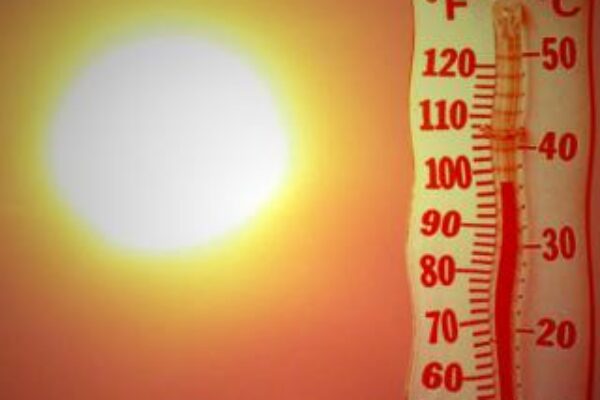
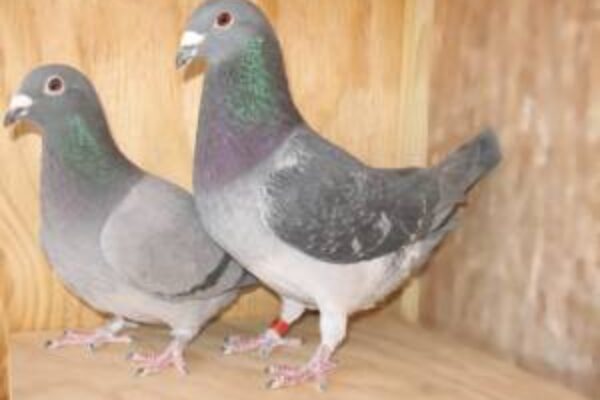
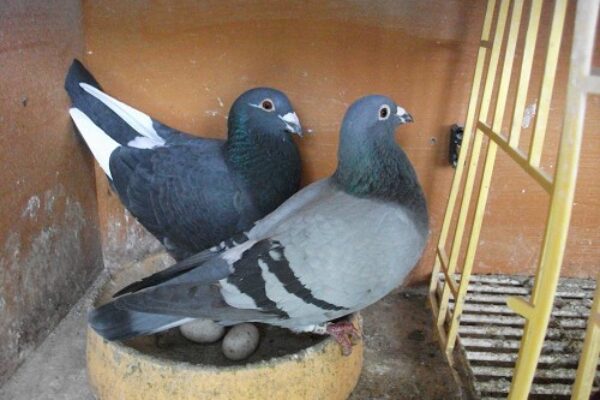
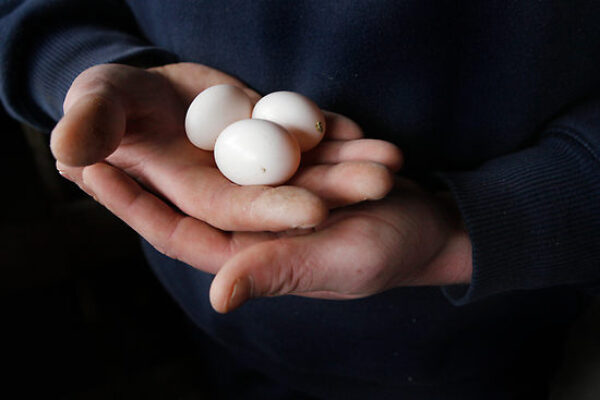
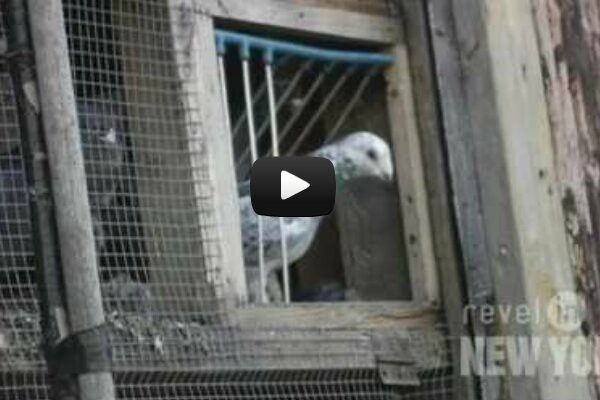


Truth speaking,very wise words,i totally agree. Use your constant flyers,they also breed the most constant flyers and winners.
character of a pigeon is the hardest thing to detect whether its a leader or not.
At the end of your aricle u mentioined a bird that had COMPETED 5 times at nearly 500 miles, no mention of remarkable results, and from this concluded it to be a leader, in South Africa we would regard that as a mere stayer / homer. consistant great results would identify a bird as a true leader.
While I agree in principle with breeding from birds that are consistent over a number of races, to deem 300 plus miles as a condition would imply that any distance less than this is not a reliable measure. As I race in southern Ireland it is not possible , on our southern route, to race 300 miles plus without having to cross not only the Irish Sea but also the English Channel. On our northern route the birds also have to cross the Irish Sea. I am sure there are a lot of other areas were the same applies. 300 miles over relatively flat land is far easier than over mountainous regions or open sea. By the same token 300 miles with persistent tail wind is less difficult than 200 miles into head winds. Perhaps the difficulty of the race is more important than actual distance over 300 miles. Also number of birds in a race should be considered. For example, 8,000 birds flying 200 miles (an average weekly amount flying into Dublin in one federation) allows for more followers to produce good? Results than 600 birds flying the same distance into our southern counties from the north route. 100 miles over open water is also much more difficult than the same distance over land. Therefore I would suggest that performance should be based on the birds ability to preform consistently in difficult races more than any particular distance. I would suggest it is better to note those birds that home on their own from races in hard head winds and smaller number of birds competing. Birds that can return in good time from a 100 mile training toss should also be noted for future potential.